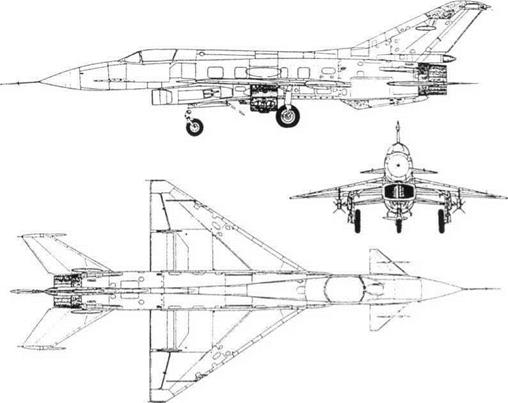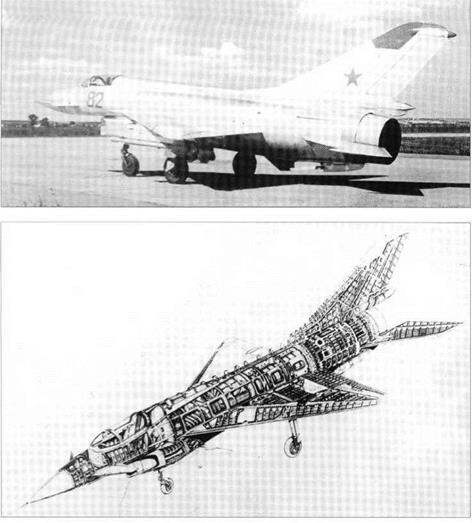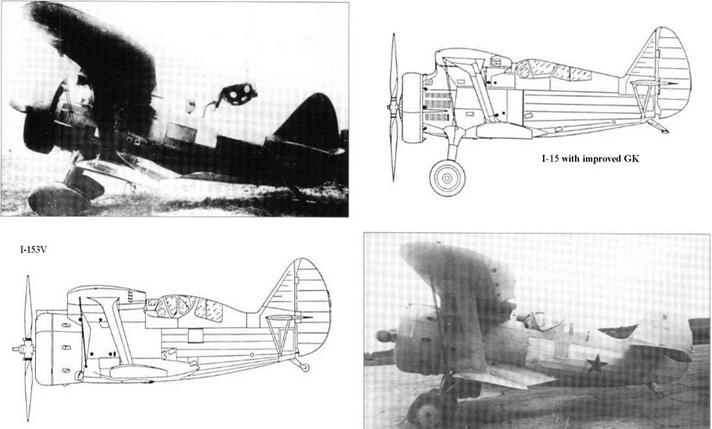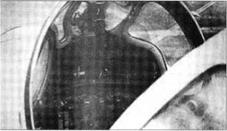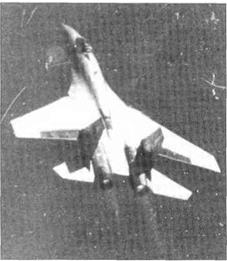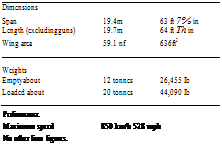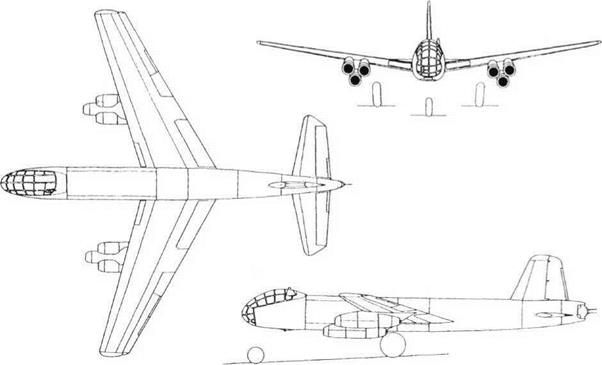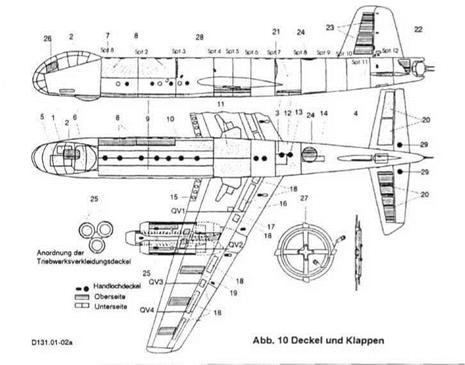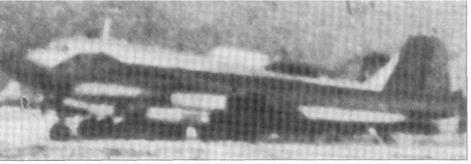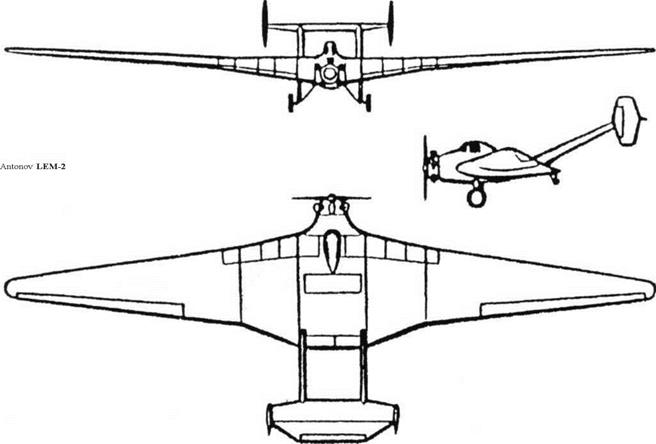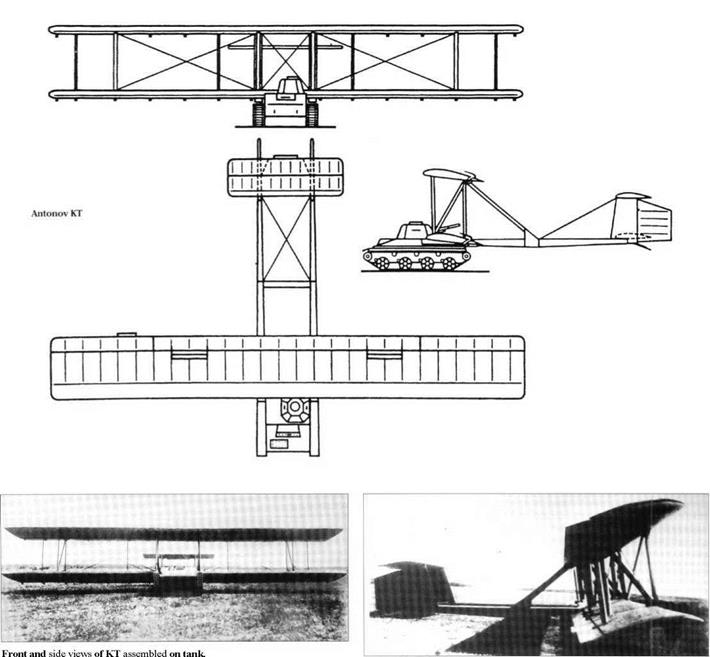EF 126
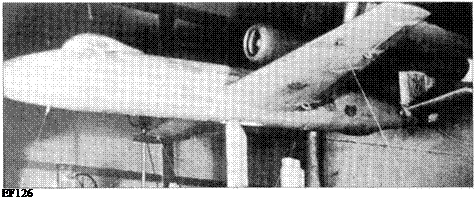

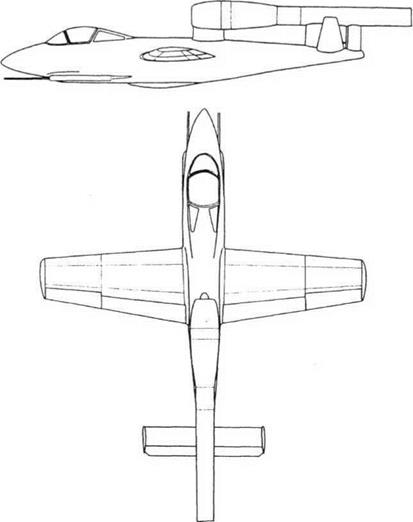
Purpose: Experimental ground-attack aircraft.
Design Bureau: OKB-1, formed of German engineers led by Dipl-Ing Brunolf Baade, at Podberez’ye.
In November 1944 beleaguered German design teams worked round the clock with ‘crash’ programmes intended to meet an RLM (Reich Air Ministry) specification for a miniature fighter designed to produce effective last – ditch defence. At the Junkers company the most important proposal was the EF (En- twicklungs Flugzeug, development aircraft) 126, code-named Elli. This was to be a small fighter powered by one of the Argus pulsejets already in mass-production for the Fi 103 flying bomb. Messerschmitt already had such an aircraft, the Me 328, powered by two of these units, testing of which showed that the violent vibration of the engines had a severe effect on the airframe and pilot. The EF 126 was smaller, almost a copy ofthe FilOSR Reichenberg, the piloted version of the flying bomb. In late 1944 it was decided that, because of poor pulsejet performance at altitude, the mission should be changed to ground attack. Despite frantic work little hardware appeared before Germany collapsed. A German three-view has been found bearing the date 9th May 1945, the day after the final surrender! Moreover, the span quoted (6.35m) is different from that given in other early-May documents, showing that the design was still fluid. Indicative of the panic environment, the data panel on this drawing gives the length as 8.9m while the drawing itself gives the same length as that below! Despite this, and the primitive nature of the project, the EF 126 was snapped up by the Russians. In October 1945 the Soviet MAP (ministry of aviation industry) organised the Junkers workers into an EF 126 cell at Dessau, headed by Prof Brunolf Baade. The intention was that this group would be moved to the USSR, but the EF 126 cell remained at Dessau while the much larger group working on jet bombers formed OKB-1 at Podberez’ye (see next entries). By January 1946 an engineering mockup had been built and parts for five aircraft produced. The EF 126 VI (first prototype) was ready in May 1946, and flight testing opened on 12th May with the VI towed as a glider behind a Ju 88. The pilot was Mathis and the tug pilot Schreiber. The EF 126 was cast off and made a normal landing. However, on 21st May Mathis was killed, after he had misjudged his glide approach, bounced hard on the rear skid, rolled to the right and cartwheeled. MAP granted permission for the resumption of test-
Top.- EF 126 in wind tunnel.
EF 126/EF 131
ing in July, after modification of the leading edge. The new pilot, Huelge, was pleased by the modified aircraft, which by this time was making rocket take-offs from a ramp. The new pulsejet engine caused problems, take-off rockets ran out, and an MAP commission headed by A S Yakovlev rejected the EF 126 as an operational vehicle because of ‘weak armament, absence of armour and insufficient fuel…’ It gave permission for work to continue to help develop the engine, ramp launch and skid landing. In September 1946 V2, V3 and V4 were sent to LII (today called Zhukovskii), supported by 18 specialists headed by Ing. Bessel. Further delays were caused by design changes, but gliding flights after a tow by Ju 88 resumed with V5 on 16th March 1947. The MAP directive that three aircraft should take part in the Tushino display came to nothing, but by the end ofthe year V3 and V5 had made 12 short flights, five ofthem under power. The Jumo 226 engine made 44 test flights slung under a Ju 88, but predictably the whole programme was cancelled at the start of 1948.
The EF126 resembled the FilOS flying bomb in many respects, except that instead of a warhead the nose contained the cockpit, the wings had 3° dihedral (and like some flying bombs were made of wood) and housed fuel tanks, and skid landing gear was fitted (the original Junkers drawings showed retractable tricycle gear). One drawing shows a single large retractable skid, but the prototypes had two small skids in tandem. The wing was fitted with pneumatically driven flaps, and a braking parachute was housed in the rear fuselage. The original intention was to have twin fins. EF 126 VI was fitted with the standard flying – bomb engine, the Argus 109-014 rated at 350kg (772 Ib) thrust at sea level. All subsequent aircraft had the 109-044, which Junkers took over as the Jumo 226, rated at 500kg (1,102 Ib). Despite prolonged testing this suffered from difficult ignition, poor combustion and dangerous fires. Three tanks housed 1,320 litres (290 Imperial gallons) of fuel, fed by air pressure. Ramp take-off was by two solid motors each with an impulse of 12,000kg-seconds. Armament comprised two MG 151/20, each with 180 rounds, plus an underwing load of two AB 250 containers, each housing 108 SD2 ‘butterfly bombs’, or 12 Panzerblitz hollow-charge bomblets.
A good idea for a last-ditch weapon was unlikely to survive in the post-war era of rapid technical development.
|
Dimensions (V5) Span Length (fuselage only) Wing area |
6.65m 8.5m 7.8m 8.9 nf |
21 ft 9% in 27 ft 10% in 25 ft 7 in 95.8ft2 |
|
Weights |
||
|
Empty |
1,100kg |
2,425 Ib |
|
Loaded |
2,800 kg |
6,173 Ib |
|
Performance |
||
|
Maximum speed (clean) |
780km/h |
485 mph |
|
(external load) |
680 km/h |
423 mph |
|
Range/endurance |
||
|
(full power) 300 km |
23min |
(186 miles) |
|
(60% power) 350 km |
45min |
(2 17 miles) |











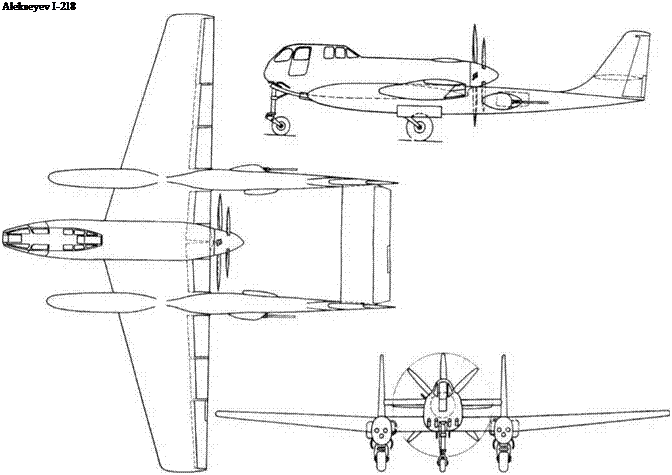

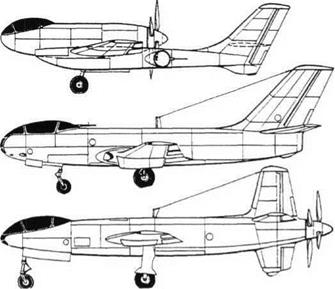

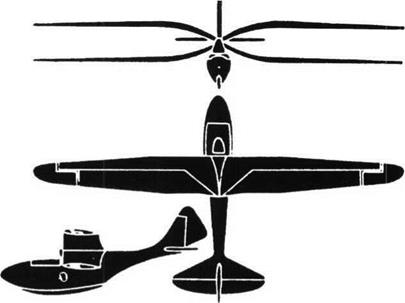
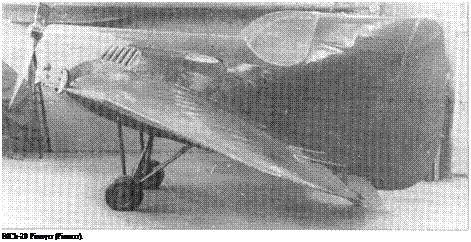
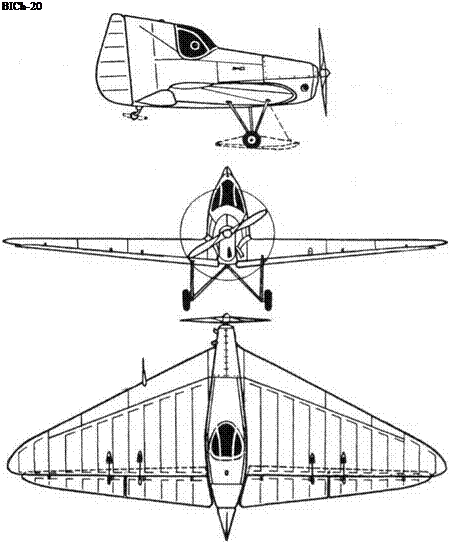 All known records suggest that this aircraft was completely successful.
All known records suggest that this aircraft was completely successful.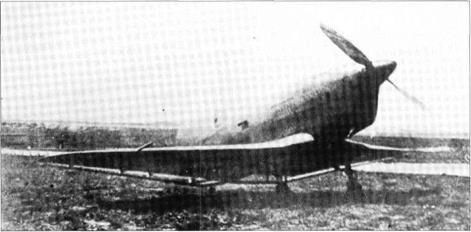
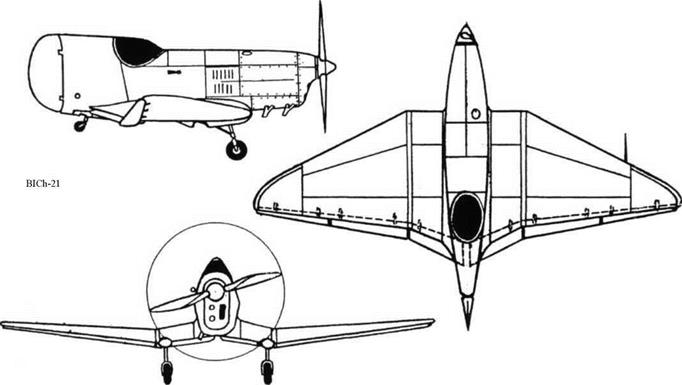
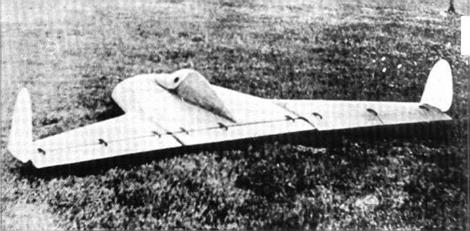

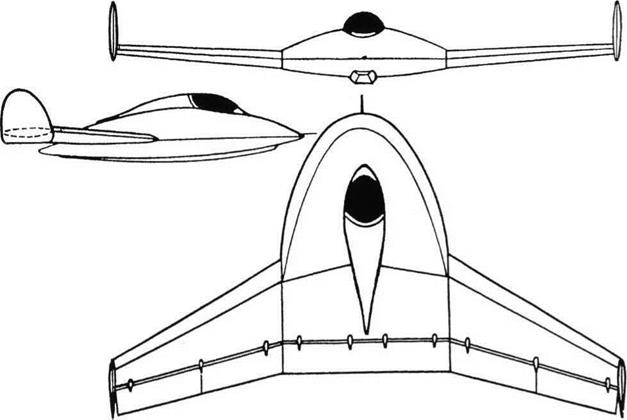

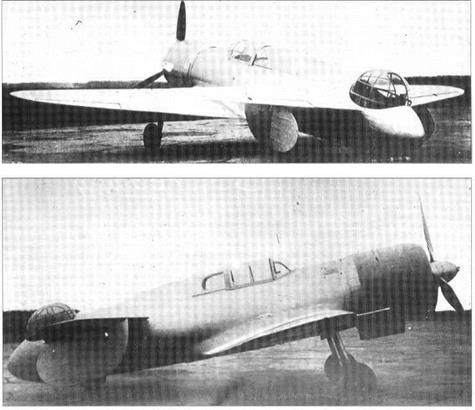
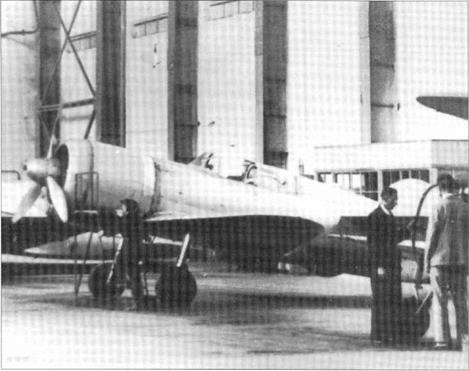
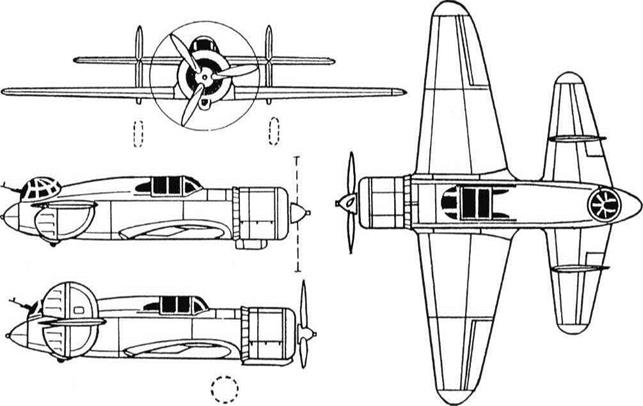




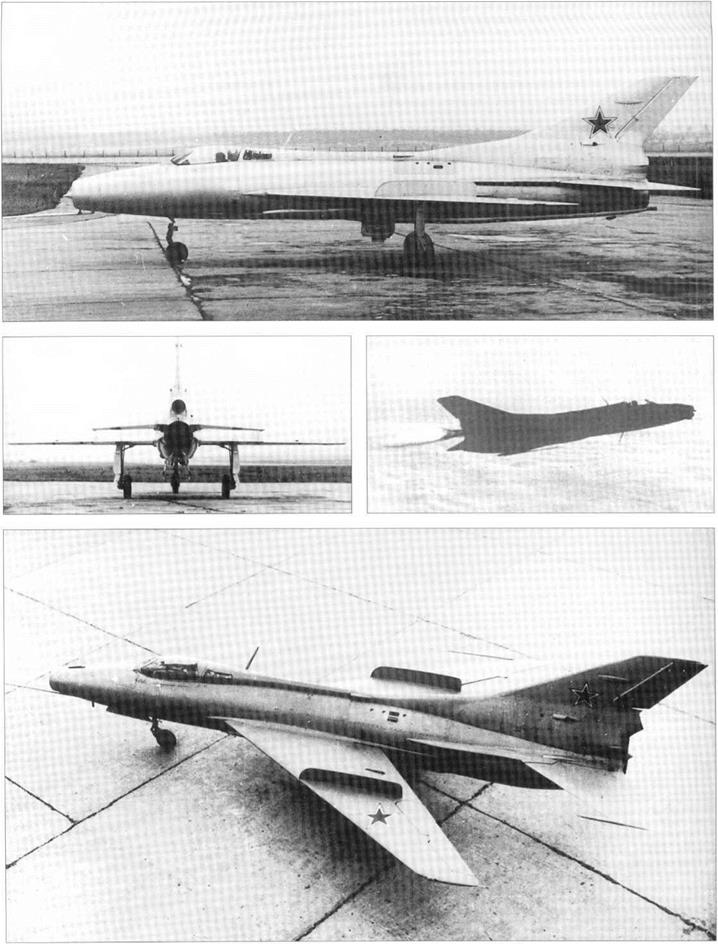


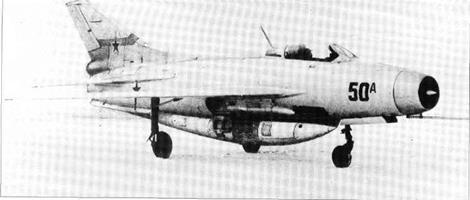
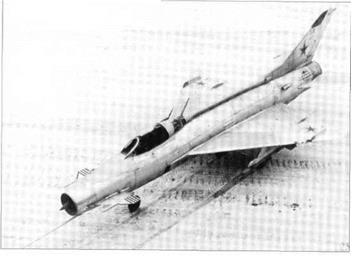
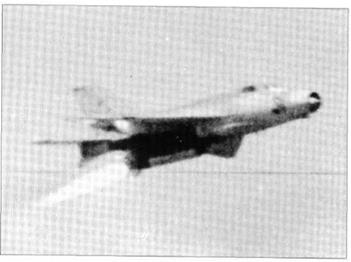
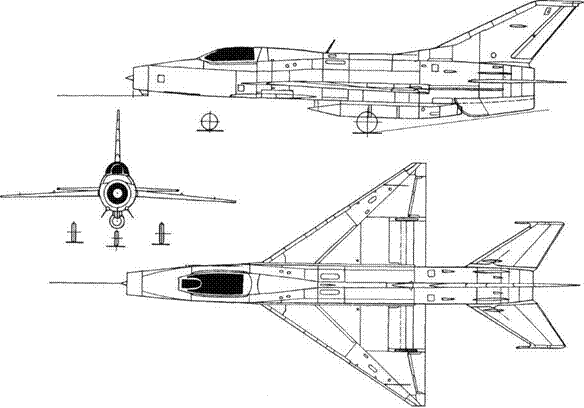
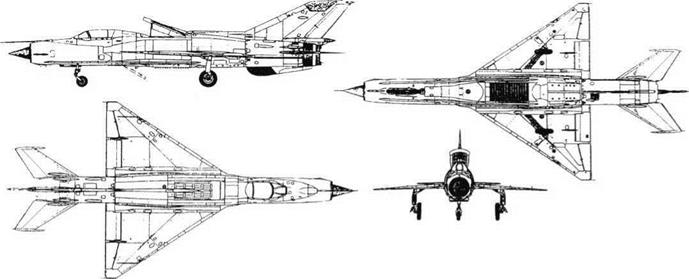


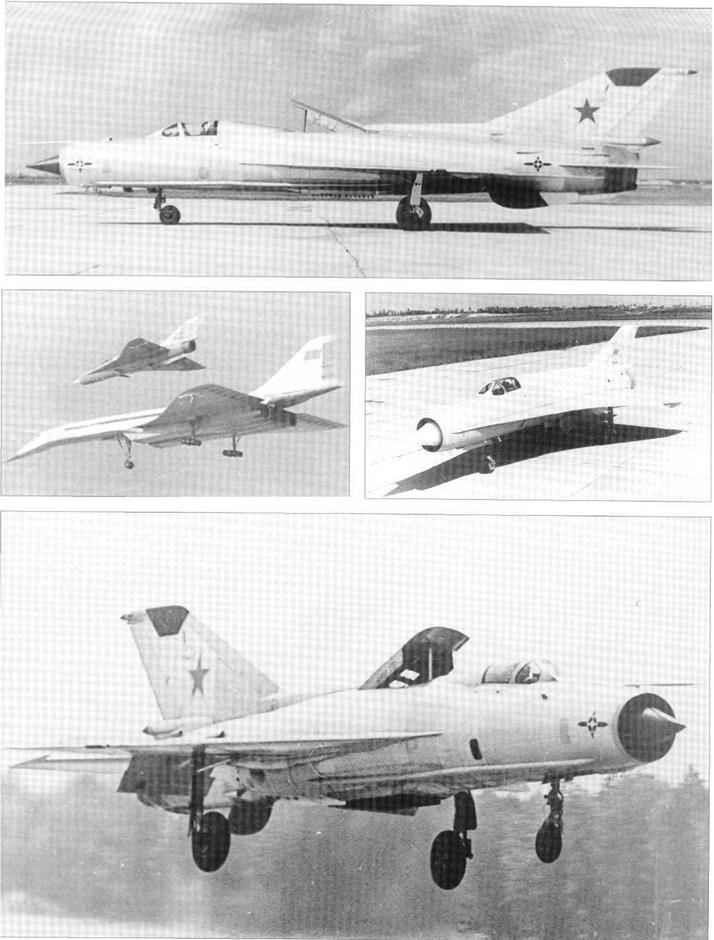
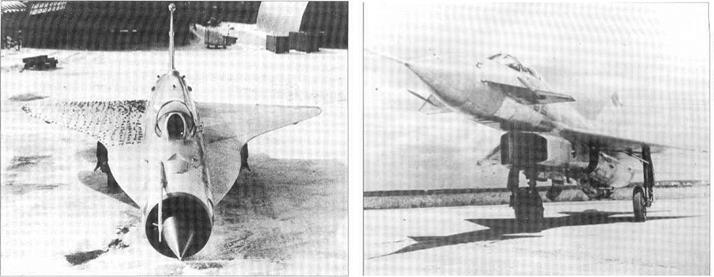
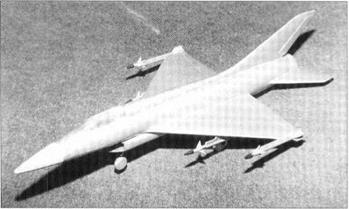 Right: Model of Ye-8 interceptor project.
Right: Model of Ye-8 interceptor project.